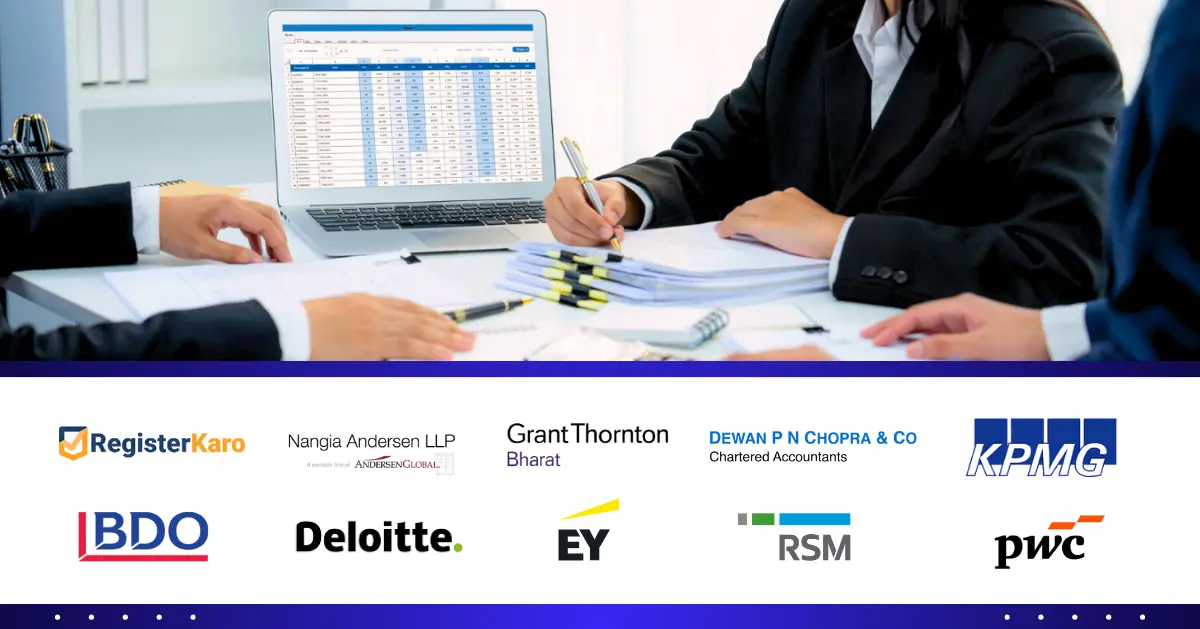
Introduction
Income tax returns are official papers submitted to the government in order to declare or prove the person’s or company’s revenue or earnings and expenditure. These presented in tax returns by the person filing it is used to compute the amount of tax paid to the government or refunds due for the specified financial year ending 31st March.
Completing tax returns is an essential procedure for people and companies in relation to declaring their yearly revenue and determining the amount of taxation payable to the state. All sources of income should be declared and all allowable deductions and credits should be claimed to meet the requirement of the tax laws and possibly minimize the amount of tax payable. Income tax returns are important activities for individuals and companies since they enable them to declare and submit their income to the government. To elude penalties and lawsuits, these returns must be filed accurately without any breech in the tax laws in India.
Law governing ITR
Income tax Act, 1962
Why do we have to file ITR?
Payment of income tax is mandatory for every individual and company and the used the filing of income tax returns to comply with the legal procedures. It also enables the taxpayers to claim and deduct expenses, credits, as well as refunds hence avoiding overpayment of taxes or even a refund.
Who should file ITR
An individual may file the ITR if he /she has received income or earned any income in the fiscal year. However, any person having total income exceeding the income tax department’s basic exemption limit and other spec criteria which are given below is legally bound to file an ITR.
Below is the list of persons who has to file ITR mandatorily
1. Individuals and Hindu Undivided Families (HUFs):
Income above the basic exemption limit: For the financial year 2023-24, the following amount are proposed: The basic exemption limit is
₹2. 5 lakh for all those who are below 60 years.
₹5 thousand for people of the age group of 18 to 30 years, ₹2 lakh for patients suffering from specific diseases, ₹3 lakh for patients in the age group of 30 to 60 years, ₹3 lakh for senior citizens (60 years to 80 years),
₹5 lakh for most of the elderly or super senior citizen those who are 80 years or above.
Income under the head of income from house property, income from capital gains, income from business or professions. Items and losses that can be transferred forward to the next years.
2. Entities such as Companies and Firms:
Every organization and business undertaking irrespective of the type such as private limited companies, public limited companies, and companies incorporated outside India. Business firms, Companies, corporate, private, public sectors, LLCs , Partnership firms, LLPs (Limited Liability Partnerships).
3. Professionals and Businesspersons:
Individuals or partners of a firm with gross receipts in the financial year of more than fifty lakh rupees. Businesspersons having a total sales turnover of more than ₹2 crore during the financial year.
4. Individuals with Certain Types of Income:
Agricultural income more than Rs 5000 in a year.
Direct agricultural income and incomes from other activities based on agriculture in one way or the other.
Specified income like income from interest on deposits, rent received from houses, etc. , even if the total income is less than the limit of exemption.
5. Residents with Foreign Assets:
People having foreign assets or signing powers of foreign accounts.
6. Others as per Specific Criteria:
Others as per Specific Criteria:
Persons to whom taxable gifts exceeding ₹ 50,000 are given.
Persons earning income from sources other than India.
Those people including directors of a company or those who own unlisted equity shares.
7. Mandatory Filing by Certain Categories:
Mandatory Filing by Certain Categories:
Any person or company that is legally required to pay tax according to the Income Tax Act of the year 1961.
Those who are bound to fill a return under section 139(1) due to certain sources of income and other applicability.
Which ITR to file and by whom
In India, the Income Tax Department provides various types of Income Tax Return (ITR) forms to cater to different categories of taxpayers.
1.ITR-1 (Sahaj)
- Who can use it: Resident individuals with total income up to ₹50 lakh from:
- Salary/pension
- One house property (excluding cases where loss is brought forward from previous years)
- Other sources (excluding lottery winnings and income from racehorses)
- Agricultural income up to ₹5,000
2.ITR-2
- Who can use it: Individuals and HUFs not having income from business or profession, including those with:
- Income from salary/pension
- Income from house property
- Capital gains
- Foreign assets/income
- Agricultural income exceeding ₹5,000
3.ITR-3
- Who can use it: Individuals and HUFs having earning from business or profession, including:
- Income from a proprietary business or profession
- Salary/pension, house property, and other sources
4.ITR-4 (Sugam)
- Who can use it: Individuals, HUFs, and Firms (other than LLP) being a resident having total income up to ₹50 lakh and having income from:
- Business and profession which is computed under sections 44AD, 44ADA, or 44AE of Income Tax Act, 1962
- Salary/pension, one house property, other sources (excluding lottery winnings and income from racehorses)
5.ITR-5
- Who can use it: Firms, LLPs, AOPs, BOIs, artificial juridical persons, cooperative societies, and local authorities.
6.ITR-6
- Who can use it: Companies other than those claiming exemption under section 11 (income from property held for charitable or religious purposes).
7.ITR-7
- Who can use it: Persons including companies required to furnish returns under:
- Section 139(4A) – Trusts or institutions claiming exemption under section 11 and 12
- Section 139(4B) – Political parties
- Section 139(4C) – Entities claiming exemption under sections 10(23A), 10(23C), etc.
- Section 139(4D) – Colleges, universities, or other institutions referred to in section 35
- Section 139(4E) – Business trusts
- Section 139(4F) – Investment funds
How to file ITR
Step 1: Gather the Necessary Records
- Prior to beginning, collect all required paperwork, including:
- PAN Card
- The Adhaar Card
- Form 16 (for those with salaries)
- The tax credit statement, Form 26AS
- Bank records
- Information on loans, insurance, and investments
- Evidence of the deductions made under 80C, 80D, and so on.
- TDS certifications, if relevant
- Statement of capital gains, if appropriate
Step2: Create an account or log in
- Go to the Portal for E-filing
- Register/Login: Use your PAN to register if this is your first time using the site. If you have already registered, sign in using your password, captcha code, and PAN.
Step 3: Select the Correct ITR Form
- Choose the Form: Decide which ITR form (ITR-1, ITR-2, etc.) applies to you based on your sources of income.
- To get ready, you can either download the offline utility or use the online preparation and submission mode available on the portal.
Step 4: Complete the Information
- Enter your personal data, including your name, address, and PAN.
- Provide information about all of your sources of income, including capital gains, rental properties, and salaries.
- Deductions: List the deductions that qualify under the different sections (80C, 80D, etc.).
- Details regarding taxes paid, tax deductions (TDS), and advance taxes (if applicable) should be included.
- Provide your bank account information in order to receive a refund.
Step 5: Verify the Document
- Verify that the form is authenticated and that all required fields have been filled out.
- Create XML: Create the XML file following validation if you’re using the offline tool.
Step 6: Submit your ITR
- Upload XML: If using internet facility , go to “e-Filing home” then ”e-File” then “Income Tax Return” then select “Assessment Year,” ‘ITR Form Number,”
- If with the help of offline utility then upload. the XML file.
- Online Submission: If using the online mode, then having completed the filling of the form, submit the form directly to the portal.
Step 7: Quick view at ITR
- Verification: The ITR once filed needs to be verified by you. It can be electronically verified by using: It can be electronically verified by using:
OTP for Aadhaar
Online banking
Electronic Verification Code, or EVC
Digital Signature Certificate (DSC)
- Manual Verification: However, there is another option that is you could send a physical copy of the signed ITR-V within 120 days of filing of the Return.
Step 8: Recognition
Acknowledgement Receipt: It means that the acknowledgment receipt will be issued to you through the Income Tax Department immediately once the ITR is confirmed. In any case, it is good to retain this receipt, save it for your records.
Conclusion
Therefore, one can conclude that income tax returns are an important element of the fiscal policy and legislation. Besides revealing the current state of bans and penalties, accurate and on-time filing can ensure that one is contributing fairly towards Government projects and programs.




